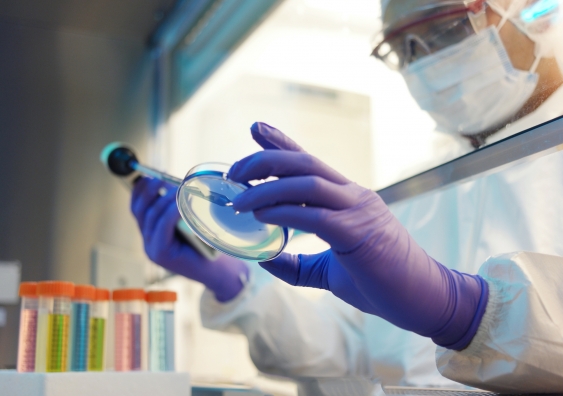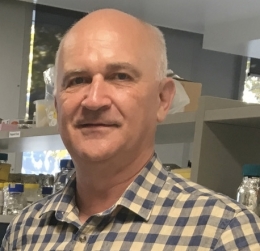UNSW adds expertise to team tackling harmful bacterial biofilms
Healthcare, food production and manufacturing industries will benefit from manufacturing research partnership.
Healthcare, food production and manufacturing industries will benefit from manufacturing research partnership.

UNSW Sydney has joined a collaborative project focusing on research and development of novel solutions for biofilm infections. Partnering with the University of Sydney, Whiteley Corporation and the Innovative Manufacturing Cooperative Research Centre (IMCRC), UNSW will significantly increase the academic capability available to the project.
Over four years, more than $5 million will be co-invested in the research and development of new therapeutic treatments for biofilm mediated infection by UNSW, the IMCRC, University of Sydney and medical and industry manufacturer Whiteley Corporation.
Announcing the participation of UNSW in the project, Dr Greg Whiteley said the extra resource and skill set will significantly increase the project’s ability to develop and commercialise a series of combination therapies.
“Building on the early findings by Associate Professor Jim Manos and his team from the University of Sydney’s School of Medical Sciences and Charles Perkins Centre, and with UNSW’s expertise in the development of novel antimicrobials used in disinfectants, we are accelerating our development efforts to bring new biofilm removal solutions faster to market.”
Professor Mark Willcox, Research Director, Chair, Equity, Diversity and Inclusion Committee at the School of Optometry and Vision Science, leads the UNSW team. They will be developing and manufacturing anti-biofilm peptide compounds to be included in formulations created by the University of Sydney that can be used as treatments for wounds and cystic fibrosis. The peptide compounds are either targeted at biofilm disruption or biofilm inhibition and can aid in the development of new treatments to reduce microbial load for wounds to improve healing. The new patented compounds are added into formulations by Whiteley Corporation and then go back to both UNSW and the University of Sydney for further testing.
“We are delighted to be part of this CRC and the research team,” said Professor Willcox. “Translating our compounds into new treatments to reduce microbial biofilms of people with cystic fibrosis and wounds is a real motivator for us and helps us expand the use of our antimicrobials.”

Professor Mark Willcox at UNSW School of Optometry and Vision Science leads the UNSW team.
Professor Willcox, a medical microbiologist who has worked for many years in the area of infections on/related to medical devices, will be joined by Professor Naresh Kumar, who is an expert in the field of natural products chemistry and focuses on research into the discovery and development of novel bioactive molecules. Completing the team is post-doctoral research fellow Dr Renxun Chen. Dr Chen has been working in a cross-disciplinary field encompassing chemistry, material science and microbiology, to develop new antimicrobial coatings to prevent infections on medical devices and implants using novel antimicrobials.
Biofilms formed by microorganisms on living tissue cause morbidity and mortality in humans and animals. They also form on inanimate medical-related surfaces such as catheters, implants, medical instruments and almost all dry surfaces, where they pose a significant infection risk for patients. Biofilms can also be found on non-medical surfaces such as in pipes and on boat hulls, are expensive to remove and cause damage to surfaces.
IMCRC CEO and Managing Director, David Chuter, applauded Whiteley’s continued commitment to research collaboration.
“We have seen the project going from strength to strength and are delighted to see Whiteley Corporation expanding the research team by bringing on board UNSW,” he said. “The project will benefit from the addition of their global expertise in medical research and evidenced-based approach to further practical solutions crucial to successfully manufacturing and commercialising the new formulated products.”